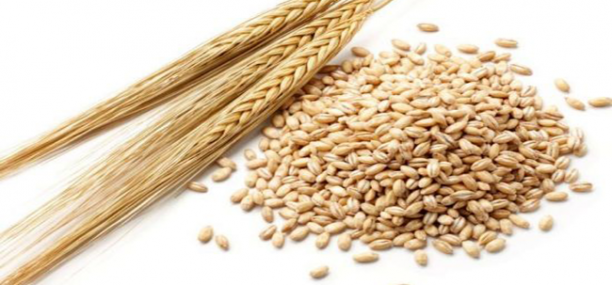Nutrition facts and Nutritional information of Barley (Whole grain, pearled or dehulled)
Barley (Hordeum vulgare L., зерно ячменя, الشعير) is a major cereal grain belonging to the grass family. Historically, it was one of the first cultivated grains that was widely eaten by peasants in Medieval Europe and the Mediterranean basin. Nowadays barley is widely grown for its outstanding nutritional benefits especially in East Asia where Barley grain is a staple in Tibetan/Chinese cuisines.
Barley is a whole grain famed to be an excellent source of many vitamins and minerals.
Barely is a great source of various minerals like iron, manganese, and selenium that help in preventing cellular damage, As well as it is highly saturated in tryptophan, an amino acid, and a cofactor in the synthesis of serotonin and melatonin (neurochemicals). It is highly saturated in vitamin B (niacin) that reduces LDL cholesterol levels.
Whole barley contains an exceptional amount of fibers:
- Insoluble fibers that promotes a healthy digestive tract, it acts as a prebiotic promoting healthy intestinal bacteria.
- Soluble fibers aid in the treatment of type 2 diabetes by regulating blood sugar and protecting from blood sugar spikes.
Barley is available in three forms, as a whole grain barley, dehulled barley, or pearled barley (the endosperm of the grain).
Intake
Barley fits well in a vegetable soup or as an addition to a rice dish. Use barley to prepare outstanding breakfast porridge, cook on a low fire, in soymilk, dried fruits, and a bit of brown sugar.
Verified by: Dr.Diab (June 28, 2017)
Citation: Dr.Diab. (June 28, 2017). Nutrition facts and Nutritional information of Barley. Medcoi Journal of Medicine, 3(2). urn:medcoi:article18248.














There are no comments yet
Or use one of these social networks